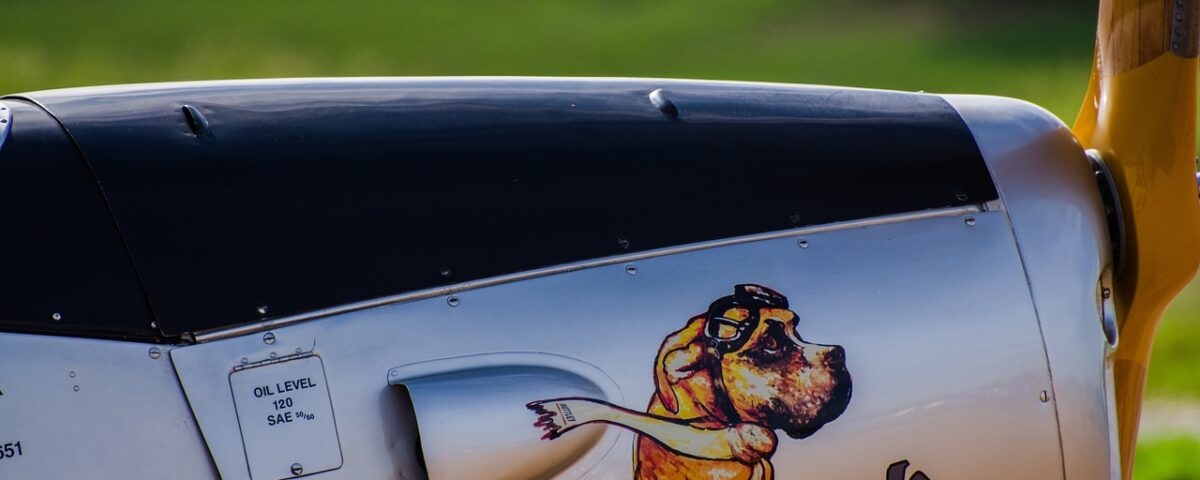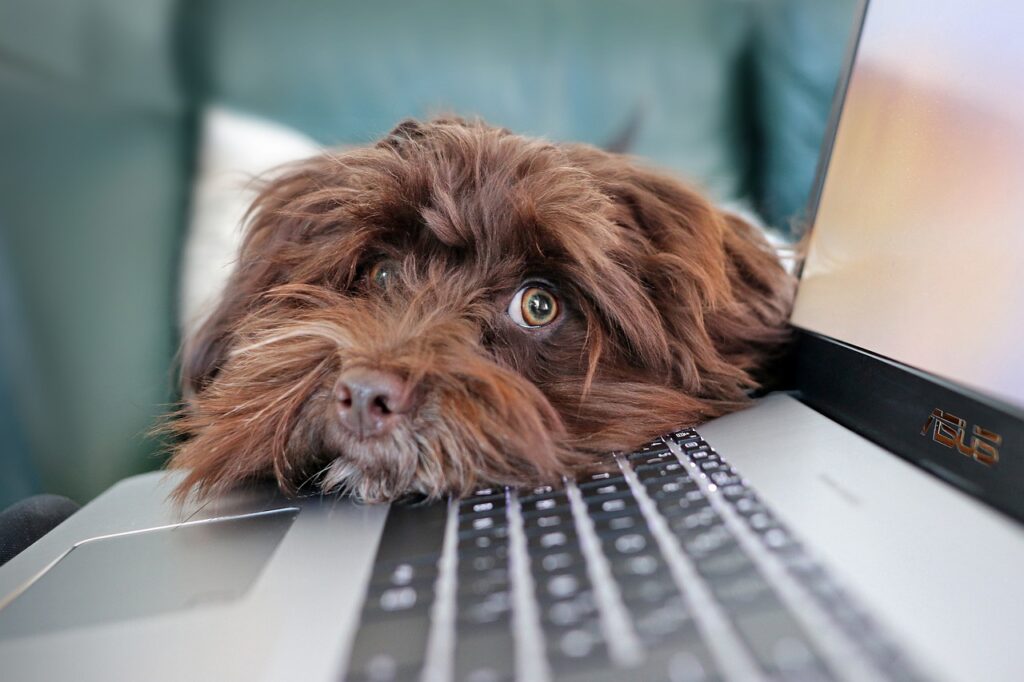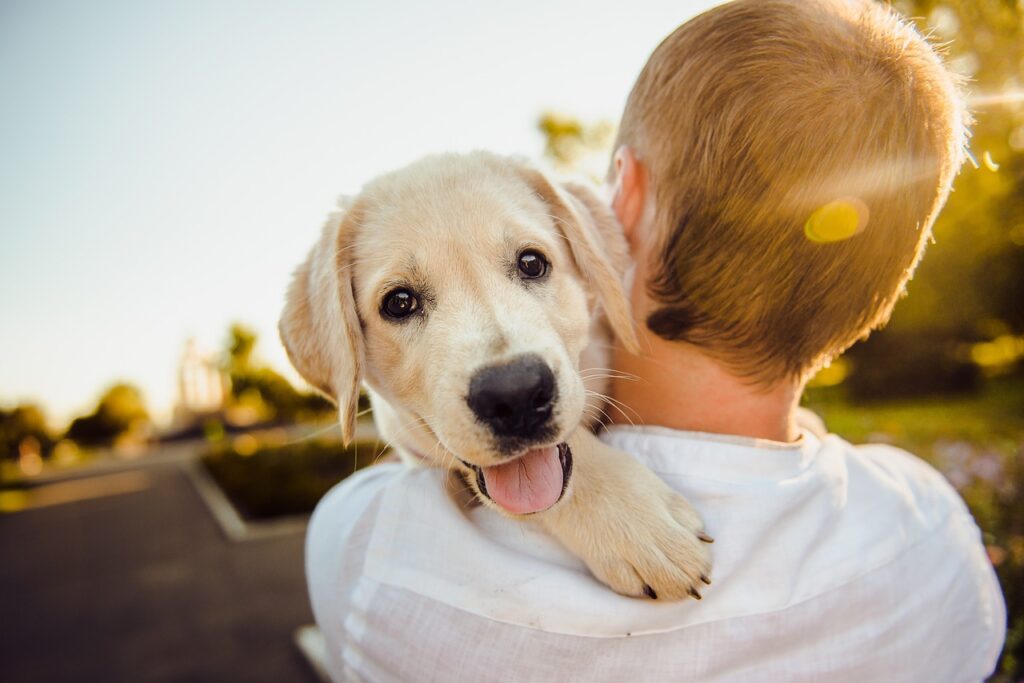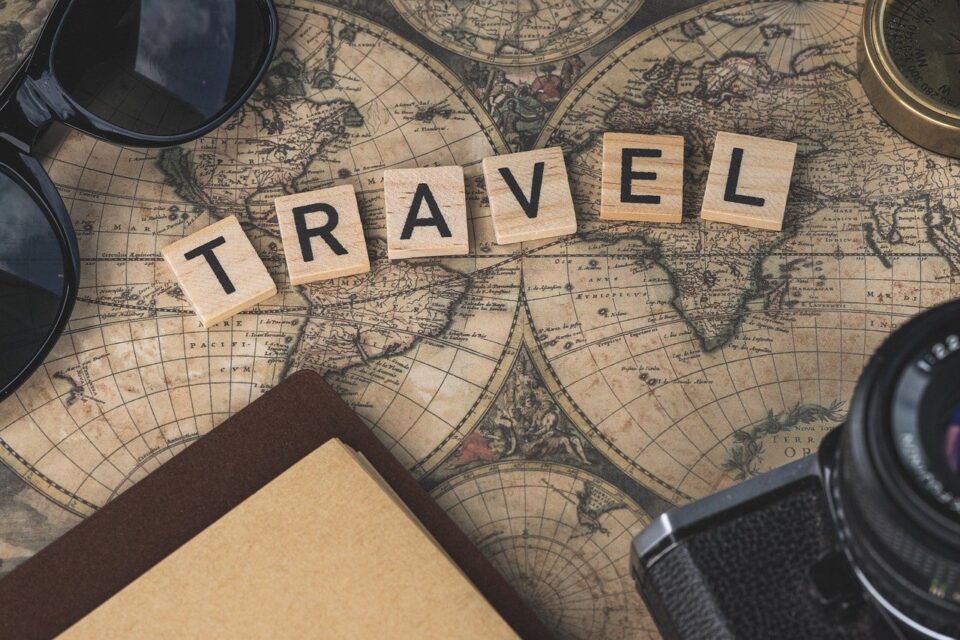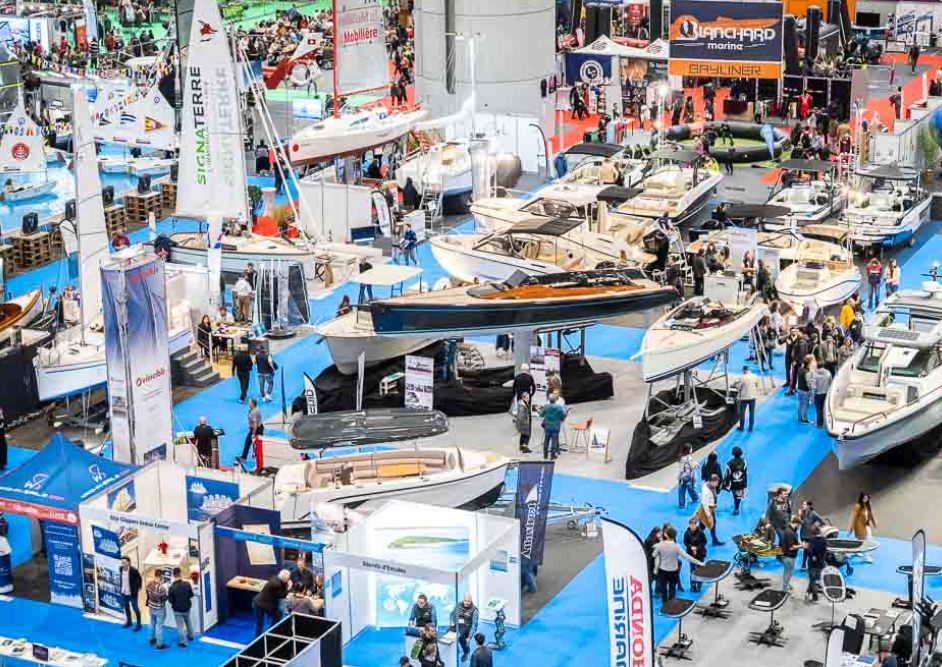Flying with pets on a private jet is significantly easier and less stressful than traveling on commercial flights, as your pets are allowed in the cabin with you, instead of being stored in the cargo hold. However, there are still some important considerations to keep in mind to ensure a smooth flight for both you and your pet. Here’s a complete guide to help you prepare:
1. Check the Air Charter Service’s Pet Policy
Not all private jet charter services have the same policies regarding pets. It’s important to check with the charter company about their specific rules and restrictions before booking your flight. Some companies might have restrictions based on the type and size of pets, while others might require specific documentation or vaccinations.
2. Prepare Necessary Documentation
In many cases, you’ll need to provide health certificates or other documentation for your pets. This typically includes proof of vaccinations, and in some cases, a recent health certificate from a veterinarian. The exact requirements can vary based on the destination country’s regulations, so it’s crucial to check this in advance.
3. Pack Essentials and Comfort Items
Bring all the essential items your pet will need during the flight, including food, water, a leash, and any necessary medications. Additionally, comfort items such as a favorite blanket, toy, or a familiar-smelling item can help to soothe your pet and reduce stress.
4. Ensure Proper Identification
Your pet should have proper identification such as a collar with an ID tag and, ideally, a microchip. This helps to ensure your pet can be returned to you quickly in case you get separated.
5. Consider a Pet Carrier or Restraint
While many private jet services will allow your pet to roam freely in the cabin, it may be safer and more comfortable for your pet to have a dedicated space. A pet carrier can provide a sense of security and can also protect your pet in case of turbulence.
6. Consult with Your Veterinarian
If it’s your pet’s first time flying, or if your pet is older or has health issues, it’s a good idea to consult with your veterinarian. They can provide advice on how to make the flight as comfortable as possible for your pet and can prescribe medication if necessary to help your pet stay calm.
7. Limit Food Before the Flight
To avoid accidents or discomfort from changes in air pressure, it’s generally recommended to limit your pet’s food intake before the flight. However, ensure your pet is well-hydrated.
8. Keep a Familiar Routine
Pets thrive on routine. Try to keep your pet’s routine as normal as possible in the lead-up to the flight. This includes regular feeding times, walks, and playtime.
9. Arrival at the Airport
Private aviation often allows you to arrive just minutes before your flight, reducing the waiting time that could stress your pet.
10. Comfort Your Pet During the Flight
During the flight, offer comfort and reassurance to your pet. The experience can be stressful for them, so your calm presence can make a big difference.
Remember, every pet is unique, and what works for one might not work for another. The key is to know your pet and take steps to meet their individual needs for a comfortable and safe journey.
The benefits of flying with pets on a private jet
Flying with pets on a private jet comes with numerous benefits compared to commercial flights, especially for the comfort and well-being of your pets. Here are some advantages:
- Less Stress for Your Pet: Pets are usually allowed in the cabin with you on a private jet, so they don’t have to be separated from you and put in the cargo hold like on most commercial flights. This can significantly reduce the stress and anxiety that pets often experience when flying.
- No Specific Crate Requirements: While safety is always a priority, private charters often don’t have the same strict crate requirements as commercial airlines. This means your pet can enjoy the comfort of their favorite bed or blanket during the journey.
- No Temperature or Breed Restrictions: Commercial airlines often have restrictions for pet travel based on outdoor temperatures or breed-specific issues. In private aviation, these restrictions generally don’t apply, making it easier for all types of pets to travel at any time of year.
- More Attention and Care: With fewer passengers and crew onboard, your pets can receive more attention. The flight crew can accommodate specific needs and provide personalized care.
- Flexible Schedules: When you charter a private jet, you have the flexibility to choose the departure time that best suits your schedule. This can help ensure your pet maintains their regular feeding and sleeping routines.
- Direct Flights: Private jets often have the ability to fly direct to many locations, reducing overall travel time and making the journey much more comfortable for your pet.
- Pet-Friendly Amenities: Some private jet charter companies offer pet-friendly amenities, such as pet treats, toys, and even specialized pet safety equipment.
- No Crowds: Airports can be noisy and crowded places that may stress pets. When flying privately, you often have separate terminals or lounges, reducing exposure to large crowds.
However, it’s important to note that not all private jets are set up to accommodate pets, so you’ll need to let the charter company know about your pet in advance. Always ensure your pet’s vaccinations are up to date and they are in good health to travel.
Our expert team is available to discuss your travel plans and our Jet charter solutions. Contact us or call +30 210 996 7870


